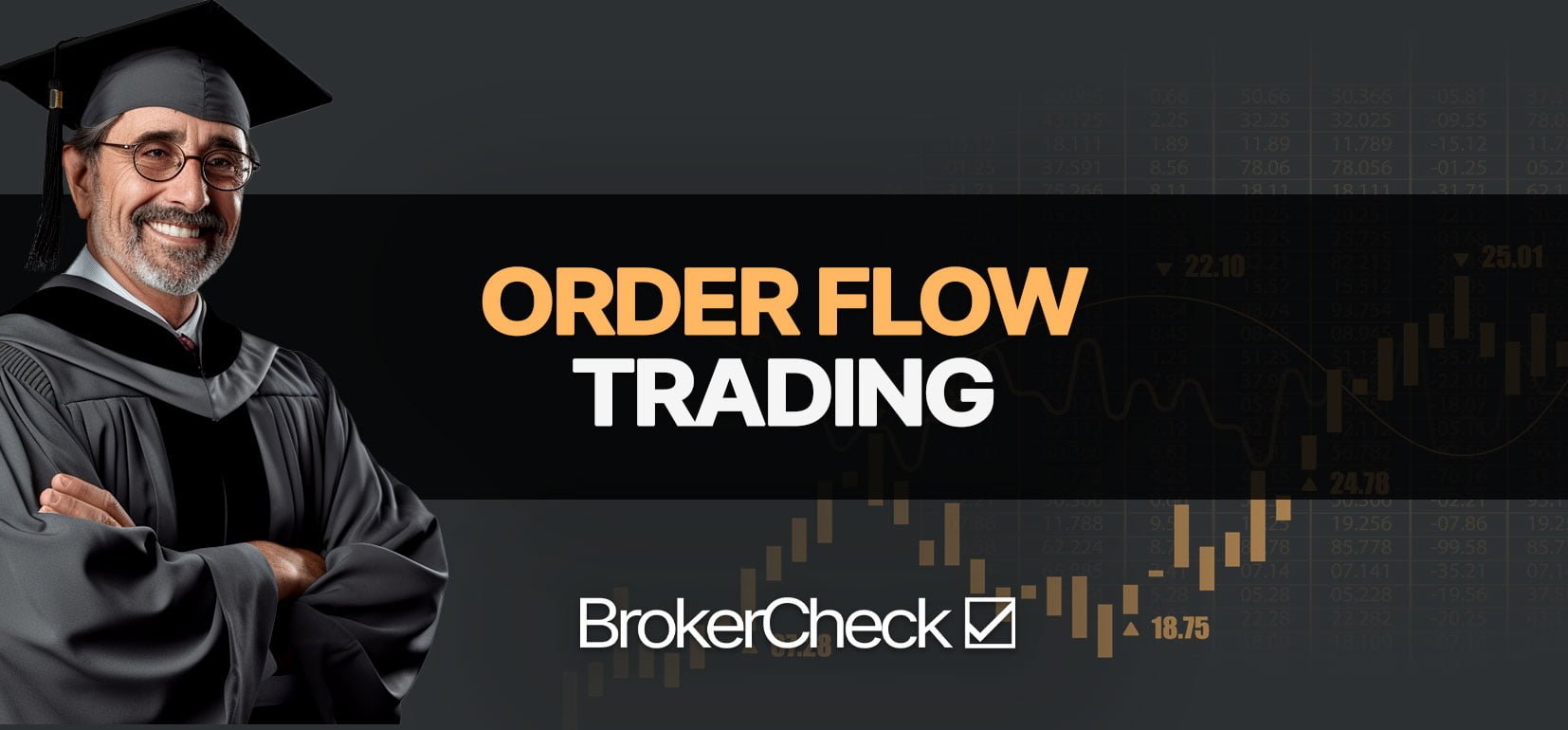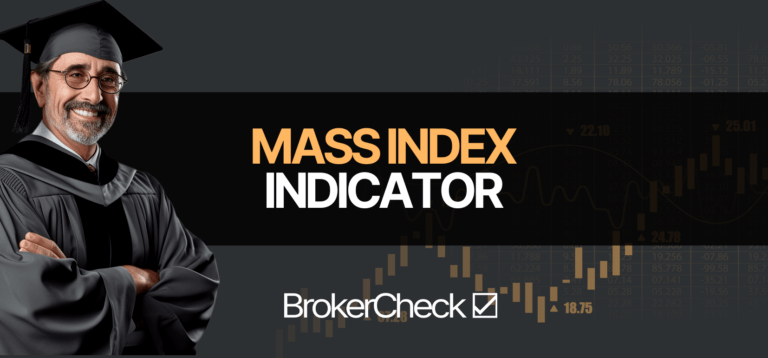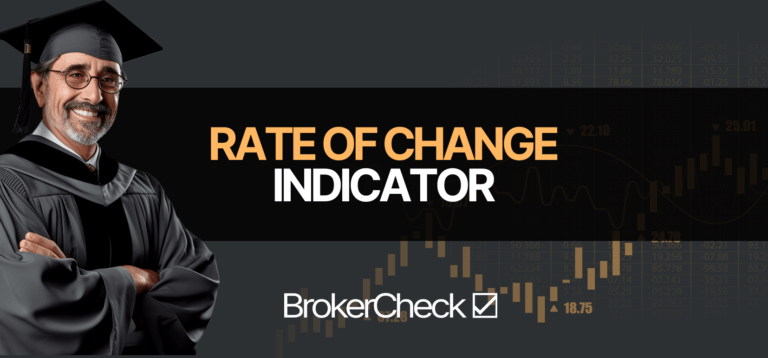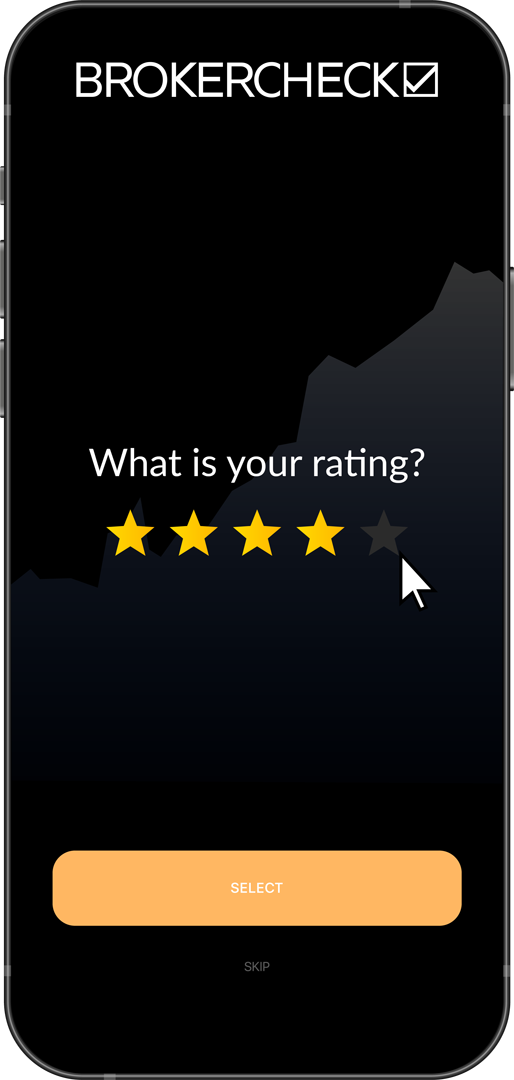1. Basics of Order Flow Trading
Order flow trading is a principle that looks beyond technical and fundamental analysis, digging deep at the very core of trade activities. Traders keen on leveraging this method base their decision on the premise that the biggest influencing force behind market trends is the activity of large institutional investors. Functioning with an almost unseen presence, they are real game-changers in the market.
The basic strategy of order flow trading operates on understanding and unveiling the actions of these large institutional investors. Traders attempt to predict the intended markets where big investors are setting their sights. Subsequently, they strategize their own trades to ride alongside the expected market wave, generated by these massive financial giants.
Central to implementing the strategy is the analysis of the Order Book. It’s a volatile, constantly changing dashboard displaying all current buy and sell orders for a specific security. Astute trading involves making an educated guess about the direction of the market based on the balance of these buy and sell orders.
It’s crucial to understand, however, order flow trading is not synonymous with ease. It requires a great deal of experience, skill, and an acute sense of market trends. Yet, it promises to yield significant results for those able to navigate its intricacies. Considering that the market continually dances in the tunes played by major market participants, being able to echo their moves might just be the key to successful trading.
1.1. Definition of Order Flow Trading
Order Flow Trading is a potent methodology used predominantly by professional traders in the financial markets. It entails the execution of trades based on the actual orders that are flowing in the market. The essential element of this trading strategy places emphasis on anticipating price movements in any market, such as forex, stocks, or futures.
At the core of this approach is the order book, which exhibits real-time buy and sell orders for a particular financial instrument. Traders meticulously scrutinise these ‘orders’ for patterns and trends to lucidly interpret the imbalance in supply and demand. This supply-demand disparity frequently signals potential price changes, hence acting as a determinant for entry and exit points in trading.
It’s known for its depth and granularity. Giving an insightful glimpse into market sentiment, this practice relies heavily on deciphering the influx of market orders as a reflection of broader market psychology.
Informed decisions are the bedrock of successful trading. By empowering traders with intricate awareness of real-time market dynamics, Order Flow Trading capitalises on this paradigm, enabling direct interaction with the market’s pulse.
Fundamental to understanding Order Flow Trading is the concept of Liquidity, which constitutes market orders and limit orders. A market order executes immediately at the current market price, whereas a limit order is only executed when the price hits the specified ‘limit’. Observing how these function within the market’s order book can provide valuable insights into potential trade opportunities and the prevailing market sentiment.
Despite its seemingly complex nature, this strategy is a holistic trading tactic that dissects the market to its bare basics. Practical, strategic, and insightful, Order Flow Trading is an indispensable tool in a savvy trader’s arsenal.
1.2. Principles of Order Flow Trading
When delving into the dynamics of Order Flow Trading, certain governing principles take the center stage. The market place, in all its vibrant complexity, operates on elements such as volume, liquidity and volatility – which are the very core components of this style of trading. Professionals using this system visualize and make sense of market participants’ actions and intentions, instead of solely basing their strategies on price movements.
Consider Volume – the cornerstone of Order Flow Trading. Acutely assessing the number of contracts or shares traded allows traders to quantify the strength or weakness of a market trend. A subsequent rise in volume often indicates an increase in interest and impetus for a particular asset. Conversely, declining volumes suggest waning enthusiasm. Intelligent scrutiny of market strength is thus an indispensable part of a successful Order Flow trader’s arsenal.
Another significant principle is Liquidity, which acts as lifeblood in financial markets. It ensures ease of transaction, without significantly affecting the asset’s price. The higher liquidity, the easier it is for traders to buy or sell a specific asset at any given time. An understanding of liquidity levels gives insights into prospective market movements – a boon in Order Flow Trading.
The final component is Volatility, which denotes the rate at which prices move for a set of returns. It can be seen as a gauge of the fear or greed present in a market at any given moment. Traders who adeptly navigate volatile markets by employing Order Flow principles can often turn precarious situations into profitable opportunities.
Notably, these principles of Order Flow Trading are not isolated but intricately interwoven, contributing together to a trader’s holistic market picture. Understanding these elements and integrating them into trading strategies provides a potential edge in the ever-changing, complex world of trading. Utilizing this approach could foster successful traders, not merely chart-reading speculators.
1.3. Tools Used in Order Flow Trading
Stepping into the world of order flow trading, traders rely heavily on key tools and datasets. Primarily, it involves utilising footprint charts which offer a magnified view into market details. They visually represent price, volume at price, order flow, and developments right on a bar. These charts provide traders with a deeper understanding of what’s happening within each price bar, a typically opaque area of traditional charts.
Further in the toolkit, the depth of market (DOM), another crucial tool, displays bids at a particular price level. This facilitates traders to get a sense of market sentiment. Does market activity reflect more buying interest or selling interest? A DOM tool dissects this information accurately.
Volume profile charts are another invaluable tool for identifying the prices that have seen the highest volume over a given period. They reveal the prices where most traders have bought or sold a contract, providing insights into crucial price levels.
Order flow sequences take into account the orders that were traded or cancelled during a specific time slot. It helps in anticipating whether a market movement is likely to continue or reverse.
Each tool offers a unique perspective into market behaviour. By understanding and integrating the abilities of each, traders can design powerful strategies. This offers a more precise pathway to navigate the ocean of order flow trading, steering decisions based on informed insights.
2. Implementing Order Flow Trading
Understanding order flow trading is one fundamental strategy employed by traders globally. It involves analyzing and making trading decisions based on the volume of trade orders entering the market. This strategy is often favoured by experienced traders as it uses real-time data to predict market movement.
When implementing this strategy, it’s crucial to comprehend the market dynamics. Traders make use of a vast array of tools and indicators to comprehend order flow data, then based on that data, they decide to place a buy or sell order. This approach aids in identifying dominant market forces, enabling traders to align themselves with market momentum.
Practice, patience, and discipline are particularly important when implementing order flow trading. It may seem overwhelming initially due to the fast-paced nature of the strategy. However, consistent practice and a disciplined approach can enhance your ability to analyze the market effectively.
One useful anchor in the stormy sea of order flow trading is the Depth of Market (DOM) interface. This tool provides real-time bid and ask volumes, which are key in interpreting market sentiment through order flow analysis. DOM interfaces are often customizable, allowing traders to organize information in a way that aligns with their individual trading styles and preferences.
Trading software platforms play a significant role in order flow trading. They expedite the process of interpreting incoming data and executing trades accordingly. The right platform can provide features like one-click order execution, market depth view, and algorithmic trading capabilities to improve a trader’s efficiency and effectiveness.
Finally, it’s imperative to develop a risk management plan when pursuing order flow trading. Since this strategy relies heavily on real-time decision-making, a concrete plan can help you maintain control over potential losses and preserve capital. Remember, risk management is not about avoiding risk, but managing it in a controlled and measured manner.
2.1 Order Flow Trading Strategy
Order Flow Trading Strategy operates on the principle of predicting the future direction of price movement. The strategy takes into consideration various market variables such as volume, price, time, and other trade-related data. Traders often use this strategy as a way to decode the intentions of other traders, making it a tool to sense the market sentiment at large. This predictive, quantitative approach forms one of the pillars of successful trading where understanding the intentions of other participants becomes the key.
The strategy encourages traders to analyze trade volumes and prices to identify patterns that interpret the collective market sentiment. Tools such as Volume-Weighted Average Price (VWAP) and Time and Sales report become immensely helpful in understanding these patterns.
Taking a deeper dive into the strategy, during order flow trading, consistently paying attention to ‘Buy’ and ‘Sell’ orders becomes crucial. If, for example, a trader observes that a majority of the market players are set on selling a particular asset, the resultant anticipation of price drops encourages selling as well, driving the price downwards.
In the same vein, favorable market conditions such as high liquidity and transparency tend to encourage the utilization of this strategy. On the flip side, however, a market with significant gaps in liquidity or transparency might prove risky for order flow trading.
Reading the market depth, or order book, continually proves a powerful skill in the toolbox of the order flow trader. This comprises the simultaneous analysis of both price levels and the quantity of orders at each price level—an understanding that aids traders in assessing the upcoming market conditions.
The advancing technology has further tossed in features aiding the strategy – Algorithmic trading, for instance, enhances efficiency by automatically processing large sets of data to generate buy/sell signals. Similarly, high-frequency trading executes trades at extreme speeds – another favorable tech-enabled condition for order flow trading.
While the strategy places heavy demands on attention to detail and swift decision-making, equipped with the right tools, traders are often able to tactfully ride the wave, turning market volatility to their advantage. With every trade, they aim to outpace the common market to generate profit.
2.2. Risks Associated with Order Flow Trading
While Order Flow Trading provides significant potential in terms of profiteering from the financial markets, it also encapsulates substantial risks. As a trader, one must fully apprehend these perils to strategize appropriately and manage the potential impacts. A key element to consider is price volatility. Due to the constant shift of orders in the market, prices tend to fluctuate significantly within a short period. These abrupt changes might result in unexpected losses if unmanaged and misunderstood.
Moreover, another inherent risk to order flow trading is the unpredictability of the market. Despite having a clear view of buy and sell orders, predicting the time and direction of the market shift accurately is nearly impossible. It’s crucial to note that large buy or sell orders can affect market prices, but tells nothing about the future direction of the market.
Likewise, technical errors can pose serious threats to order flow traders. Delays in order execution, improper functioning of trading platforms, or any technical glitches could lead to sizeable losses. Often, these issues are outside a trader’s control and can occur at critical trading moments. Hence, regularly ensuring hardware readiness is of supreme importance.
Furthermore, the skill and experience required in order flow trading are much higher compared to other forms of trading. The complexity of understanding and interpreting the order flow data can often be overwhelming, especially for novice traders. Inaccuracy in interpreting such data could cause traders to make incorrect decisions, resulting in unfavorable outcomes.
Additionally, protracted and intensive screen time is another peril of order flow trading. Staying continually aware of the fluctuating market conditions requires traders to be virtually stuck to their screens, which could lead to physical and mental strain.
Finally, one can’t overlook the risk carried by trading costs. With every transaction, brokers charge a fee, and these costs add up quickly due to the significant number of trades conducted in order flow trading. Therefore, it is essential to account for these costs and factor them into any potential profit forecasts.
2.3. Achieving Profitability with Order Flow Trading
Profound understanding of the Order Flow Trading concept, a real-time reading of market participants’ intents, is fundamental to making profit. Deciphering the auction mechanism at play in any market, where the demand and supply volume dictates price movements, facilitates informed trading decisions.
Spotting opportunistic trades isn’t rocket science with Order Flow Trading. Constantly shifting orders keeps the market in a fluid state. Each trade executed affects the next, forming a feedback loop. Utilise volume and price action to gauge buyers and sellers’ strength. High volume on a bullish candle signifies strong buying intent, while the same on a bearish candle shows strong selling intent.
Time and sales data, a definitive resource available to traders provides a record of trade volume, the price at which trades were made, and the time they were executed. This information, coupled with analyzing bid and ask volumes can keep a trader steps ahead in predicting potential price changes. Note, it’s paramount to keep an eye on anomalies in the market participants’ behavior to get in and get out at the right time.
The Cumulative Delta, another useful tool for order flow traders, sums up the total of upticks and downticks over a stipulated time. This aggregated data gives insights into aggressive buying compared to selling or vice versa.
Order Flow Trading is dynamic and requires a keen, proactive approach. Mastering how to interpret the flow of orders aids in anticipating market moves with a higher probability of success. Consequently, it reduces trading risks while subsequently increasing the potential for profitability.










